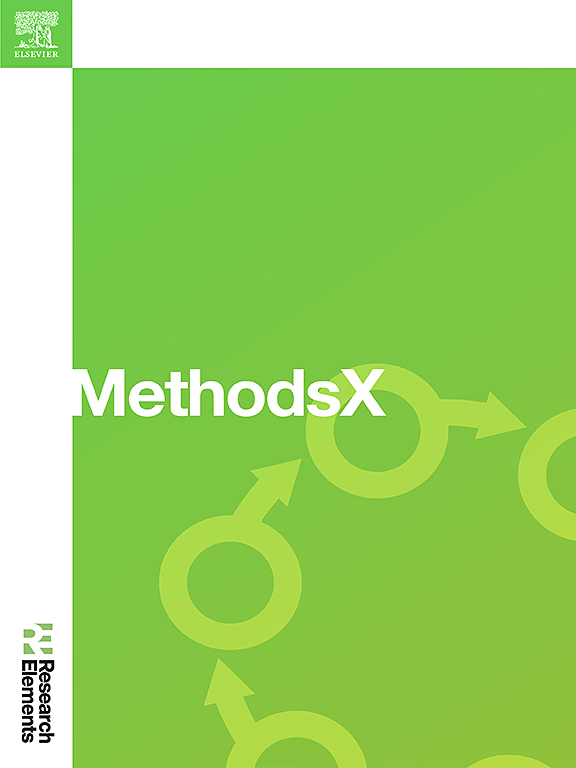Conversion between the numerical simulation and the calculation using the Deformation Energy Ratio approach
IF 1.6
Q2 MULTIDISCIPLINARY SCIENCES
引用次数: 0
Abstract
In numerical simulations and calculations, material curves are defined in different ways. A direct transfer of quantities between them is inaccurate, requiring a proper transformation of key values. The Deformation Energy Ratio approach is based on well-established mechanical principles, such as Neuber's rule and the Equivalent Strain Energy Density method, which express deformation energy as a function of stress and strain. This approach accounts for material conditions in both analyses and enables a more precise limit adjustment. Its simplicity allows for application in both analytical and numerical solutions.
- •Allows conversion of values between numerical simulation and calculation for any steel.
- •It takes into account the influence of material properties, thus comprehensively considering the effects of different factors.
- •The verification has presented a high accuracy of the values obtained. The average deviation is <5.0 % and the maximum deviation is 5.6 %.

用变形能比法进行数值模拟与计算的转换
在数值模拟和计算中,材料曲线以不同的方式定义。在它们之间直接转换数量是不准确的,需要对关键值进行适当的转换。变形能比法是基于公认的力学原理,如Neuber规则和等效应变能密度法,将变形能表示为应力和应变的函数。这种方法考虑了两种分析中的物质条件,并能够进行更精确的极限调整。它的简单性允许在解析解和数值解中应用。•允许数值模拟和任何钢计算之间的值转换。•考虑到材料性能的影响,从而综合考虑不同因素的影响。•验证表明所获得的值具有很高的准确性。平均偏差为5.0%,最大偏差为5.6%。
本文章由计算机程序翻译,如有差异,请以英文原文为准。
求助全文
约1分钟内获得全文
求助全文
来源期刊

MethodsX
Health Professions-Medical Laboratory Technology
CiteScore
3.60
自引率
5.30%
发文量
314
审稿时长
7 weeks
期刊介绍:
 求助内容:
求助内容: 应助结果提醒方式:
应助结果提醒方式:


